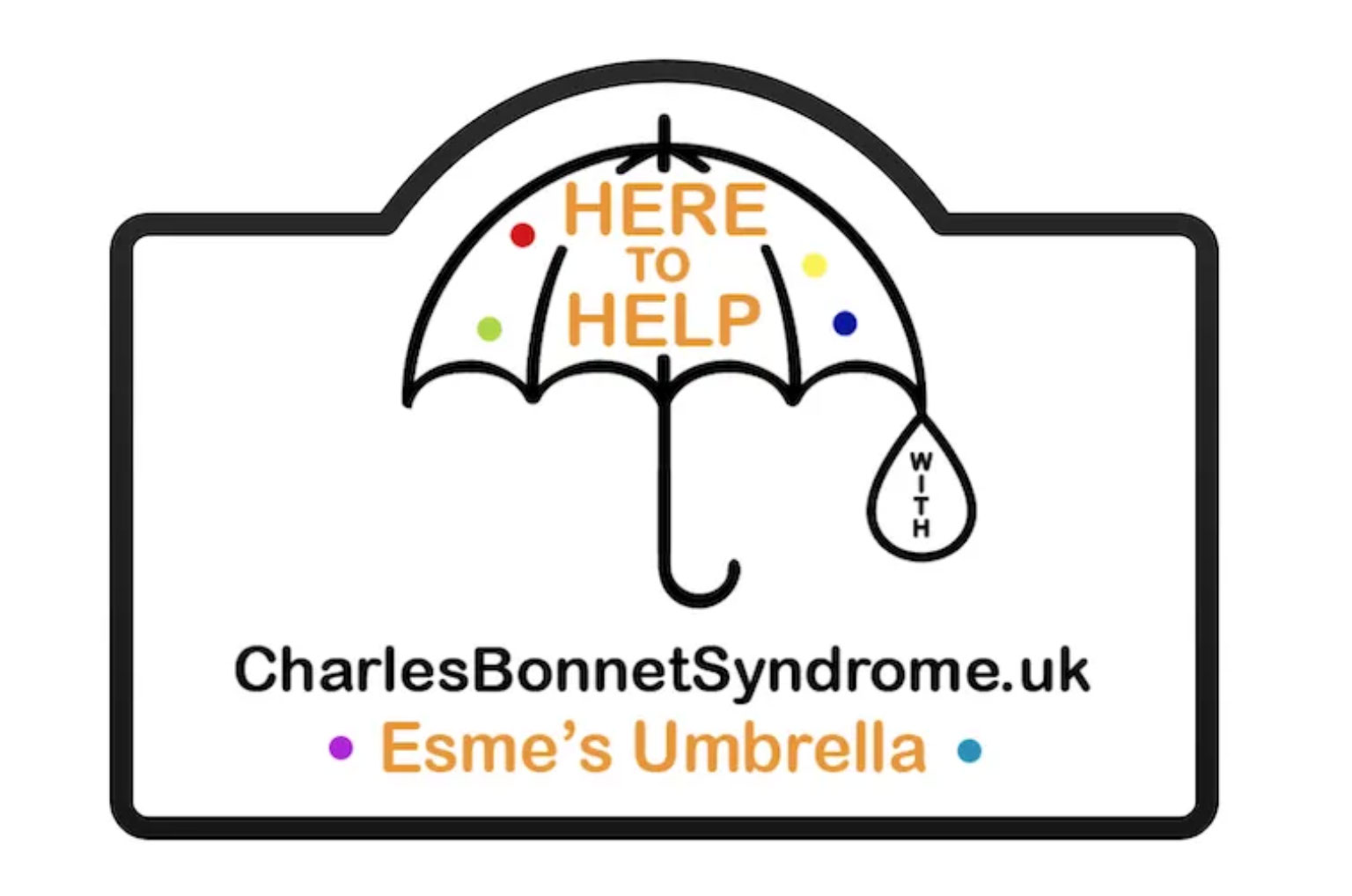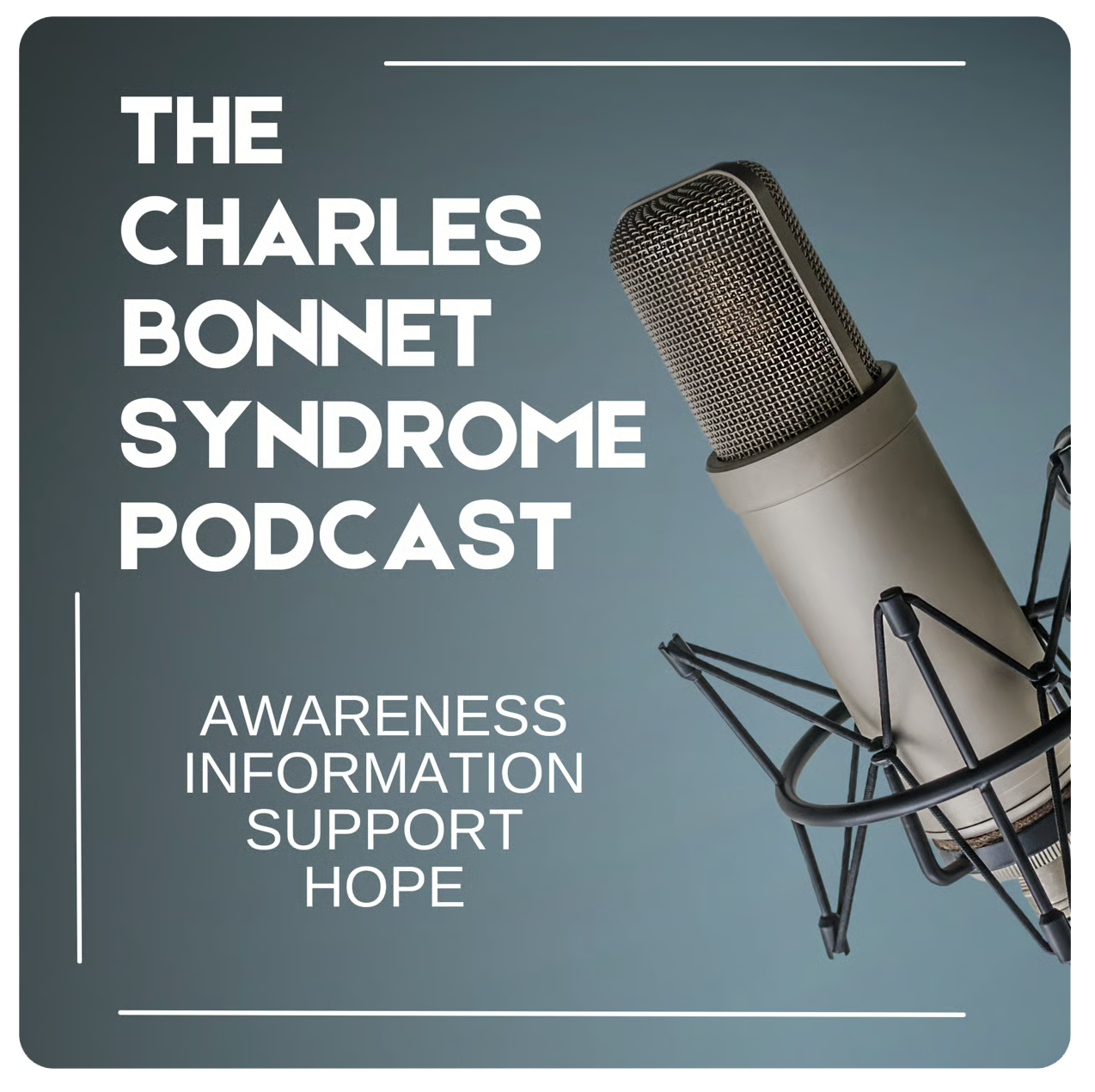Understanding visual hallucinations- A new synthesis
Collerton, D., et al. (2023). “Understanding visual hallucinations: A new synthesis.” Neuroscience & Biobehavioral Reviews 150: 105208.
Authors summary
Despite decades of research, we do not definitively know how people sometimes see things that are not there. Eight models of complex visual hallucinations have been published since 2000, including Deafferentation, Reality Monitoring, Perception and Attention Deficit, Activation, Input, and Modulation, Hodological, Attentional Networks, Active Inference, and Thalamocortical Dysrhythmia Default Mode Network Decoupling. Each was derived from different understandings of brain organisation. To reduce this variability, representatives from each research group agreed an integrated Visual Hallucination Framework that is consistent with current theories of veridical and hallucinatory vision. The Framework delineates cognitive systems relevant to hallucinations. It allows a systematic, consistent, investigation of relationships between the phenomenology of visual hallucinations and changes in underpinning cognitive structures. The episodic nature of hallucinations highlights separate factors associated with the onset, persistence, and end of specific hallucinations suggesting a complex relationship between state and trait markers of hallucination risk. In addition to a harmonised interpretation of existing evidence, the Framework highlights new avenues of research, and potentially, new approaches to treating distressing hallucinations.


click on image to link to the website


